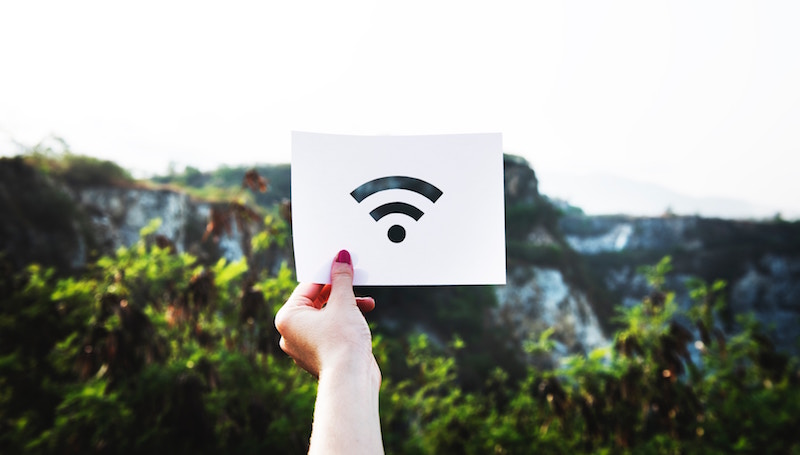
This post was written by Dhanaraj Thakur, Senior Research Manager at the Alliance for Affordable Internet.
Governments around the world often include language in their national broadband plans or ICT policies that call for “affordable internet access for all.” This same language in used in the Sustainable Development Goals — SDG 9c calls for universal, affordable internet access by 2020. Clearly, the importance of enabling everyone, everywhere to access and participate in the digital revolution is increasingly being recognised the world over.
However, many of these statements are not entirely clear around what they mean by ‘access’ and ‘affordable’. This lack of clarity around what exactly we are trying to achieve can be problematic. How can we achieve a goal if we can’t measure it or if we’re all aiming for different goalposts?
What do we mean by access?
Access is the ability to connect to and use the internet. This requires that people have the ability to connect physically (i.e., where they live has internet coverage) as well as the resources to use the internet. Internet access is different from availability, which refers to whether or not internet service is a possibility (e.g., whether or not mobile internet coverage is available where a person lives). To measure access, we use data from the ITU and other reliable sources which look at the percentage of individuals using the internet across countries. These are often based on national surveys which ask the respondents if they have used the internet within a certain timeframe (e.g., within the last 3 months).
One of the most significant barriers to internet access for the 50% of the globe still offline today (and even for some who are online, but have limited access) is the high cost of connecting to the internet.
What do we mean by affordable access?
There are different components to what the consumer must eventually pay to access the internet. This includes the cost of an internet-enabled device, the cost for data, the cost of electricity for the device, etc. Given the dominance of mobile over fixed internet services in the low- and middle-income countries where we work, we focus on the cost of data for mobile devices.
To consider whether access is affordable, we have to consider [at least] two factors: the amount of data and the cost for purchasing that level of access. To measure affordability, we use a ‘1 for 2’ threshold — 1GB of data must be available for 2% or less of average monthly income in order to be considered affordable.
Why ‘1 for 2’? We first determined 1GB as the minimum level of data needed for a basic or ‘entry level’ connection. While we recognise that more meaningful use (e.g., sharing and using multimedia content to promote a business) will require more data, 1GB of data is enough to send or receive about 1,000 emails and browse the Internet for about 20 hours every month — and is double the 500Mb measure previously used by the ITU.
In order to assess whether 1GB of data is indeed affordable to a majority of a population, we then need to relate the price of this data to income. We do this by calculating the proportion of a person’s income must be spent to purchase an entry-level plan, using the price of a 1GB plan and the World Bank measure of average national monthly income.
At what point does the price of a 1GB plan become too expensive? We use average national income to calculate affordability since it is one of the only measures of income available, however a problem with using this measure is that it masks income inequality within the country. When income inequality is significant (e.g., the average income of the top 20% of income earners is much higher than that of the lowest 20%), this becomes an acute problem, making it quite difficult to determine affordability for those who earn less than the national average income.
To overcome this issue, we have previously measured affordability according to income quintiles. In our 2016 Affordability Report, we looked at affordability for the lowest 20% of income earners in those countries covered by the report where income data by quintiles was available; our research found that when 1GB of mobile broadband was priced at less than 2% of average monthly income, this lowest quintile of income earners were more likely to afford a basic plan.
While measuring affordability using income data across earning groups would lead to a more accurate understanding of whether internet access is truly affordable, this data is hard to come by and is updated infrequently, so for now we must continue using national average income as a measure. When we do have income data broken down by gender and income groups, then rather than using average national income, we should look at targets that ensure those who earn less (e.g., women or those in the lowest 20%) are able to afford a basic broadband plan. Disaggregating data in this way should be a goal for all policymakers. Only then will we have a real picture of affordable access for all.
Leave a Reply
